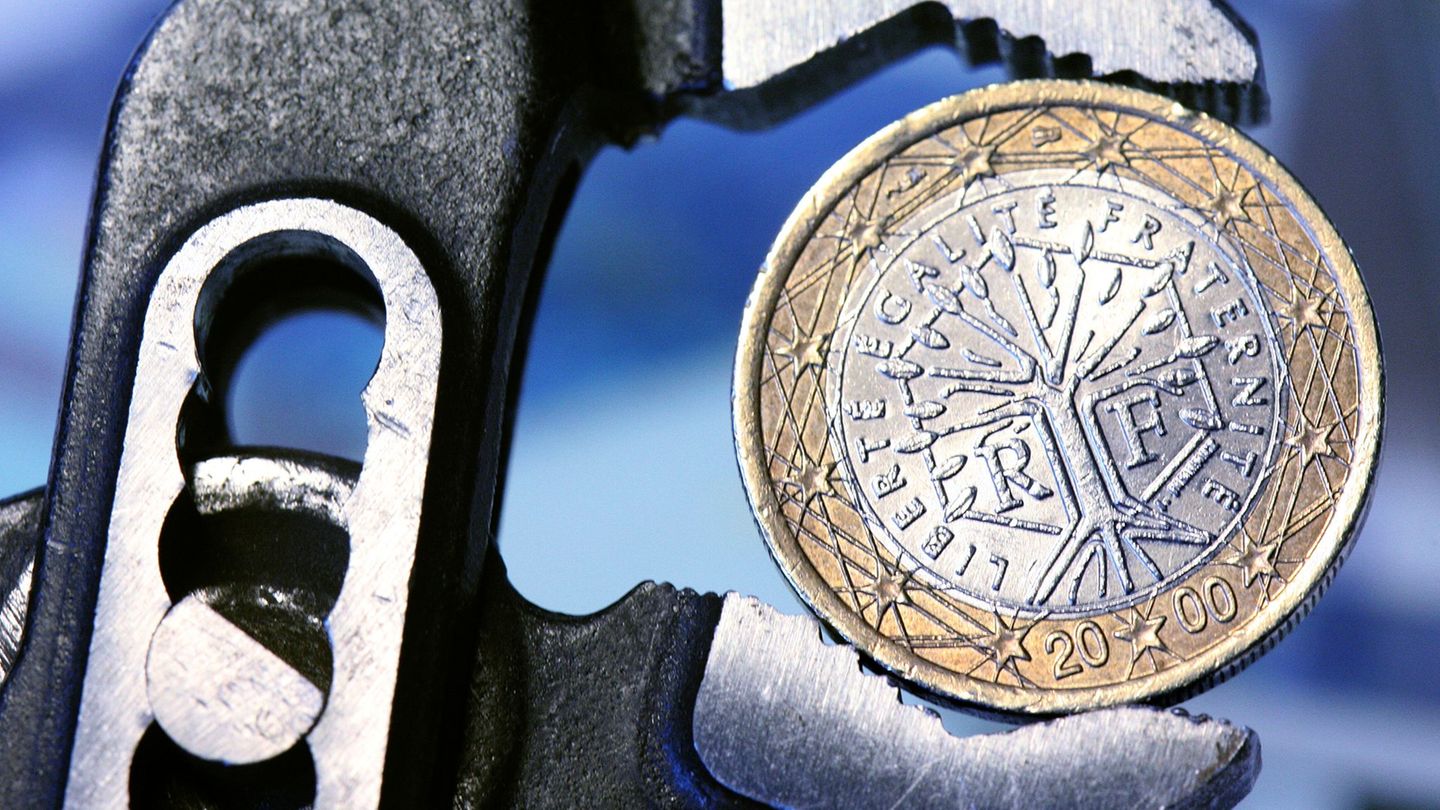Designing an effective succession is not simply to name a replacement: it is to build a process. The most successful cases in the leadership transfer occur when a “career passport”, a well -planned strategy that allows an orderly and effective transition without altering organizational culture or strategic sense.
There are two paths that, well combined, offer solid results: That an internal talent takes the role that has crossed different stages within the company -ideal- or bring external profiles that contribute new perspectives. In the latter case, it is usually transition agents that also prepare the land for the future successor.
Today, the speed of change in business has accelerated, which implies a higher frequency in this replacement process. In many large multinationals, although there are exceptions, it is considered that an optimal period in command does not usually exceed five years.
In the case of startups, when the company reaches a stage of scalability and consolidation, different leadership may be necessary, more focused on sustained management and growth. Recognize when is the time to step aside is key.
The right moment: detect the signals and act with emotional intelligence
The Signs of change can come from the environment -New market demands, unsatisfied internal needs- or of the leader himself -Fatiga, lack of motivation or genuine desire to enable new opportunities. Michael Page’s latest study on executive compensation shows what behind the decisions of the majority is the interest in Align the professional career with personal purpose, well -being and flexibility.
Thus, a CEO not only leads, it also evolves. And many times, that evolution implies knowing when to give command. Recognizing it is not a weakness, it is a sample of emotional intelligence, the most valued competition in Argentine leaders According to the survey.
Ignoring the factor linked to emotions can be as harmful as getting carried away by it. Achieving strategic decisions without losing this essence is what allows organizations to maintain their identity and their ability to adapt in changing environments.
After all, Replace an iconic leader, especially if it was part of the organization’s foundation, represents a significant challenge. It is not just about continuing with its legacy, but also balance the renewal of leadership without compromising the identity and success of the business.
In many cases, the former CEO moves to the mentor position. Clearly delimited, This role allows you to preserve values, accompany the new driving and be a bridge between the past and the future. But it should be avoided that it becomes an undercover leadership: what was previously a direction, now it must be a guide.
Whatever its path, to avoid an imbalance and contain the team, it is fundamental Prepare the land in advance. Communication must be a central axisworked in a coordinated manner between the management team to transmit a solid, consistent and aligned message with the vision of the future. From our experience accompanying transition processes at high levels of leadership, we know that authenticity and clarity in expectations play a central role.
Changing leadership should be seen as an opportunity to progress, strengthen team confidence and reaffirm business culture. A company that grows is one that understands that even the strongest leaderships should evolve so that the organization also does. As in every human process, the important thing is not only change, but how we manage it.
Director of Page Executive at Pagegroup Argentina.
Source: Ambito
David William is a talented author who has made a name for himself in the world of writing. He is a professional author who writes on a wide range of topics, from general interest to opinion news. David is currently working as a writer at 24 hours worlds where he brings his unique perspective and in-depth research to his articles, making them both informative and engaging.




